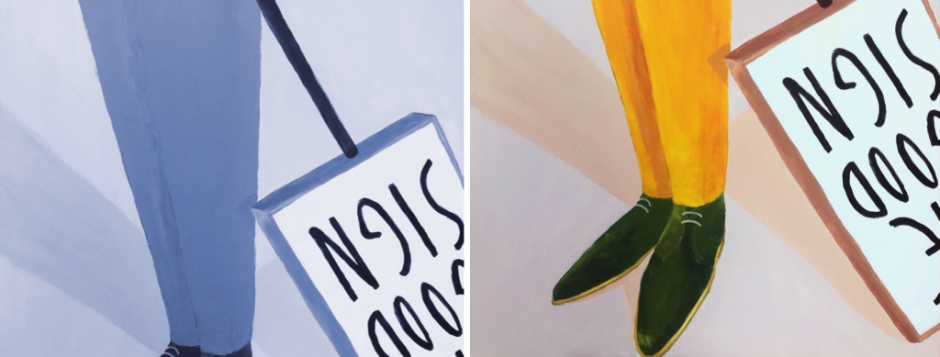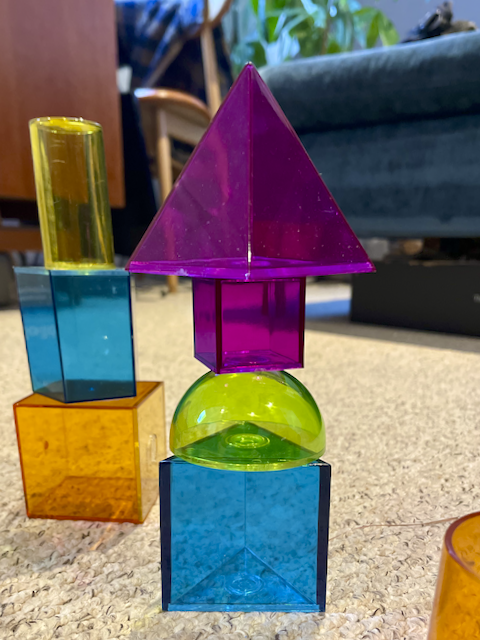Learnings from my set reading
The International Student Experience
My assigned reading Savage’s ‘The New Life’, prompted me to reflect on the Eurocentric socio-political landscape in Higher Education in Arts opposed to the Russian-centric one described in the study and its effect on the student experience.
There are two stakeholders in the study: the benefactors and the beneficiaries. The benefactors are a group of socialist countries, interested in securing influence in Africa and in promoting “Leninist ideals of anti-imperial internationalism.”. They are offering bursaries to over 72,000 students of the global south. The second, the beneficiaries are the group of African students awarded the bursaries. They are seeking a better life away from their war-wrecked countries and the danger of becoming a victim of aggression and attacks (Savage, 2023, p.1079).
Savage (2023) explains that the curriculum imposed by the Russian government on Higher Education in Arts is Soviet-centric, explicitly and prescriptively in line with the aesthetic of Russian realist paintings. It needed to be realistic. Russian artists, such as abstract artist Wassily Kandinsky (1866–1944), fell outside this requirement, thus were not only excluded from the taught content but outspokenly disregarded. Students who wanted to do well, needed to conform with the realist painting aesthetic (Savage, 2023, p. 1087).
The overall student experience was mixed with a high awareness among the students of the demand for sociopolitical conformity on one hand, and positive experiences due to the close friendships formed with home students and teachers on the other. Solidarity and equality, as lived experiences, became values the students took on for life.
Although the motivations of the educational institution with their study offer and that of the students wanting to study is completely different in my teaching context, I can still find relatable aspects in the study.
One connection I can draw to my teaching context lies in the similarities of the socio-geo-political differences between the Higher Education institution, its curriculum and the teaching team on one side and the students on the other. As of 2024/25, 100 per cent of the students attending the MA Innovative Fashion Production course, which I predominantly teach on, are international students from Asia.
Analogous to the Africans students in Russia, my Asian students in the UK might similarly experience ignorance from peers and teachers in respect to their country’s geographical locations, politics or cultural particularities:
In Savage’s study, Raimundo, an African student recalled:
“It was like the USSR was the entire world! They didn’t even know where Africa was […].”
Raimundo Macaringue
To mitigate such a negative experience, I can implement my knowledge of Chinese culture and geography in my seminars as appropriate. This might make the students feel acknowledged in their cultural identity. I believe, showing my interest in their country and culture, ultimately demonstrates my interest in them as individuals and could form a relationship between us. As a precedence, I recall that I was shown great affection by a study group of four students, upon finding out that we had a common interest in a book and TV series by a Chinese author. Their excitement about my interest went as far as offering to gift me a subscription to the Chinese TV channel to watch the program.
Reference
Savage, P. (2022) ‘The New Life’: Mozambican Art Students in the USSR, and the Aesthetic Epistemologies of Anti-Colonial Solidarity. Art History, 45(5), pp.1078-1100.


